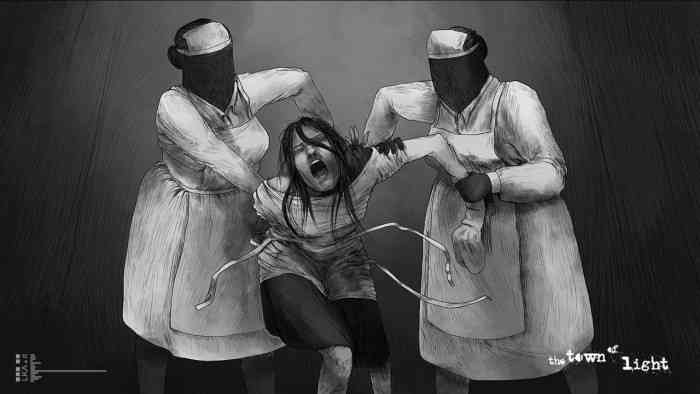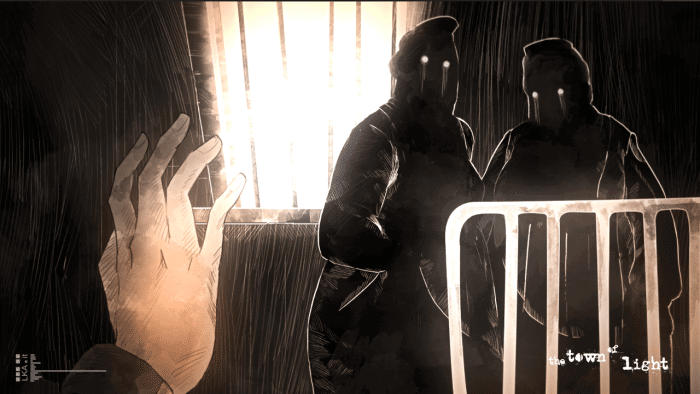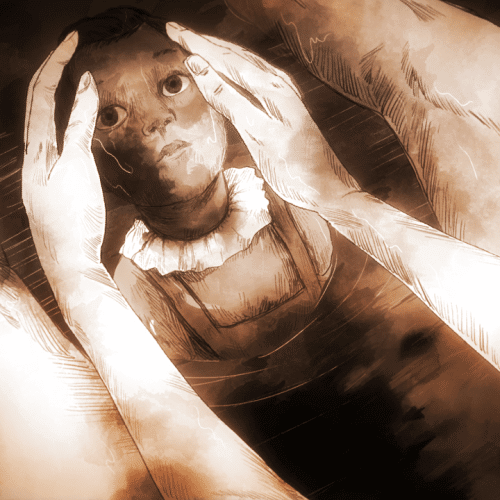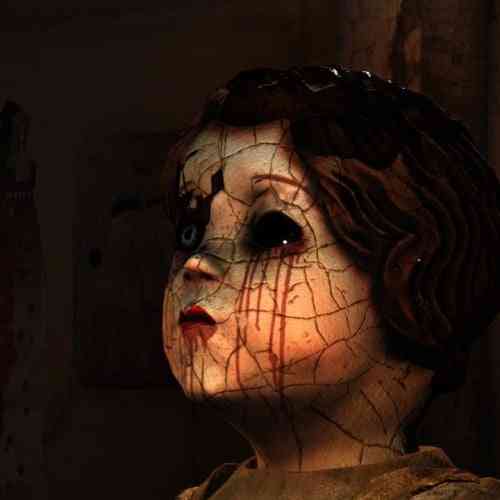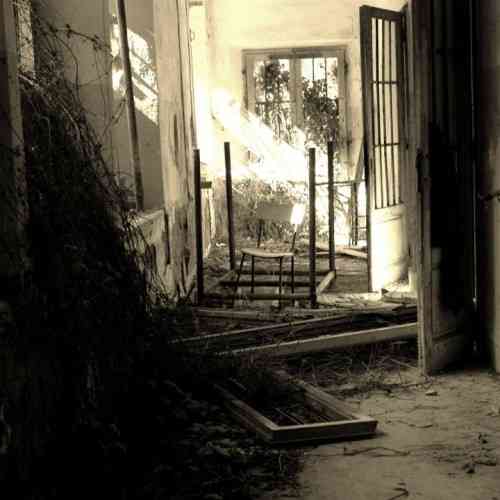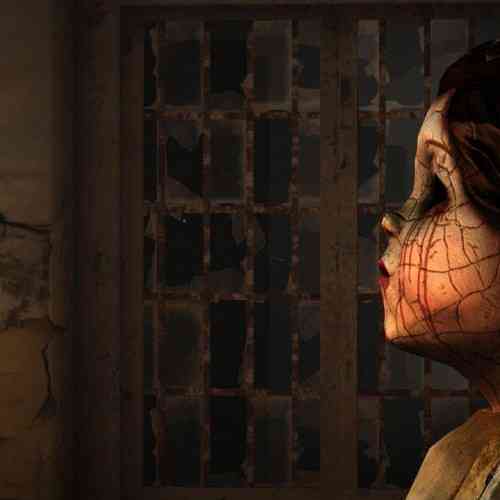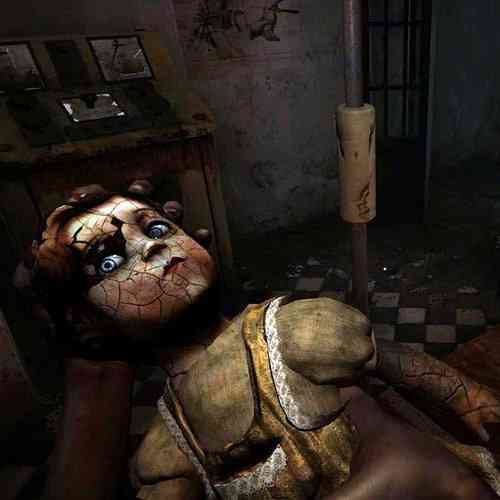The Town of Light Review
The Town of Light is a PC Indie game that explores the horror genre. Much like cinema, horror is often a staple of smaller game and movie creators. It requires the least behind the scenes investment and if done right can yield an amazing return on investment. The Town of Light has an intriguing developmental history. It is the creation of an Italian graphics company – LKA. Video games are not their prime offering. They also offer services for documentaries, virtual sets, and architectural designs. The Town of Light was a new venture for them.
Leveraging off their expertise in the aforementioned areas, LKA tested its creative muscles with The Town of Light using a real world location as a setting; a former asylum which was on of the largest in Europe in Volterra. It had over twenty buildings and was capable housing more than 5000 patients at the same time. LKA has virtually recreated portions of this location and even more. Many of the medical records found are based on actual ones and have been modified to fill out or provide hints about the game narrative.
LKA has taken Volterra and used it to as the setting for a first person walking game psychological story. As the game player you visit Volterra in its present day condition as an abandoned and decrepit location. Part of the psychological aspect of the game is your reference point. As you play you are experiencing it from the perspective of an inmate sent to Volterra in 1938 – a 16 year old girl named Renee. It is a voyage of discovery as you explore the environment puzzling together her Renee’s past and her reason for commitment.
______________________________
“The Town of Light explores the most terrifying horror that exists, the kind man perpetuates on others on the basis of false beliefs and prejudices.”
The Town of Light explores the most terrifying horror that exists, the kind man perpetuates on others on the basis of false beliefs and prejudices. Given recent events in world news where regressive laws of persecution are being passed once again, reminders of past sins be it in book, cinematic or gaming forms are to be applauded. The basis of The Town of Light is that Renee questioned her place in the world. Because she pushed against the boundaries of the accepted status quo, Renee was labelled a threat and committed to the Volterra Asylum.
The game opens in present outside the condemned asylum and you make your way into it and begin your exploration. The small team of LKA are to be congratulated on their work here. The external environments are beautiful and realistic in their depiction with vegetation especially well rendered as it encroaches and worms its way into the abandoned buildings. The exteriors are gorgeous and for the the most part the interiors are as well but some of the seams of an indie development begin to show here too. Textures are low resolution and the illusion of reality suffers because of it. There is a repetition of visuals that one encounters not only in indie games but Triple A titles but seeing the same piles of garbage and dirt on stairways is definitely an illusion breaker.
In terms of actual gameplay, it is your basic seek and find gameplay where you must find certain items or accomplish a goal to trigger the next save point. This can be a tad annoying as you never know how long it is before you complete the next goal that will kick off the next chapter. Especially so since getting to the next chapter is the only way to save your progress. Finding objects or medical records or other items allows you slowly to unfold the mystery of why Renee was committed and what her fate was. The problem with this is the lack of interactivity with the objects. When you find one it rarely seems to advance the story.
Channeling Renee’s character through your game character can be disconcerting, especially in the beginning, as Renee will refer to things that you have not yet learned about or as the game refers to them – Renee memories you have not unlocked yet. This disconnect may either intrigue or frustrate you depending on your gaming sensibilities. LKA has recognized this and addressed it by making diaries of Renee available for the player to read. They provide enough information to give some context as to what Renee is referring to. Gamers will have to decide if they want to read them first before playing the game or not. Some may enjoy the challenge of unraveling the story on their own while others may prefer the setup of the diaries to help them get orientated.
Sounds, which are so important in these types of games, are adequate. Footsteps, especially sound artificial, never quite matching in sound to the ground they are walking on. This is more noticeable outside as you move from paved to dirt to grass surfaces. Another area that does not engage the player is the voice of Renee. While the female voice is clear and easy to understand, it is just a little too stiff to properly convey the emotions. You can hear the actor putting the proper emotional cues into their voice but that is the problem, it sounds like a performance instead of feeling like the voice of Renee.
The strengths of the game lie with the environment and Renee’s story. If you can get by the immersive shortcomings her story is definitely the major draw of the game. As such it is something not to be spoiled in a review but awaits your discovery and reaction.
One could argue the mystery of the story is enough of a draw but in this gaming age, players expect certain things like being able to save at any point to be a standard option to them. As a first effort game from an indie studio, LKA is to be applauded for tackling such an ambitious project and telling a story that goes beyond the stock ones regularly used by games with far greater resources available to them.
***A PC review code was provided by the publisher***
The Good
- Well realized environment
- Mature story
- Game is about true horror
The Bad
- Lack of variety and interactivity
- Archaic save mechanism
- Story feels like an endurance test
